For what reasons black currant dries and what to do about it
At any summer cottage you can find a currant bush. The merit of this was the variety of varieties, the winter hardiness of this shrub and the enormous benefits of the berries themselves. But sometimes the harvest of this plant begins to fail, and summer residents wonder why black currant dries up, and what to do in such a situation. It is important to establish the true reason why the plant began to die, so that appropriate measures can be taken at the initial stage.
Causes of drying out
The reasons that the currants began to dry out may be different. The main provoking factors include:
- natural influences;
- pest attack;
- disease of the plant itself.
Unfavorable weather conditions
The shrub can dry out during the hot dry season. This usually happens in the summer, when the plant is under the scorching sun for a long time.
If the landing site was initially chosen incorrectly, this can also lead to his death.
Especially when the period of lingering rains begins. The roots of the plant, without adequate drainage, are flooded with water and gradually begin to rot and die. And the bush dries up.In this case, soil should be poured under the shrub, and small grooves should be dug around the perimeter, within a radius of 60 centimeters. Thanks to this, excess liquid will leave from under the soil.
Bad watering
In hot and sultry weather, currants should be thoroughly watered. If this does not happen, then the plant dries up. Watering the shrub in the summer should be correct. This should be done when the scorching sun begins to sink, especially when it is July.
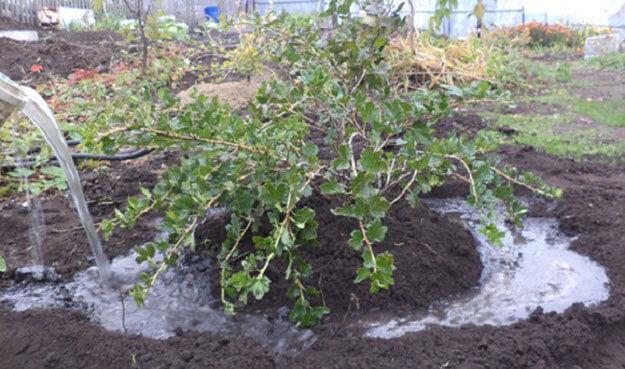
In this case, the water must be settled. It is forbidden to take it from a well or a well. Too cold water can damage the roots of a plant already suffering from hot weather. Water the shrub abundantly in summer. This is especially true of the period when the berries begin to ripen.
Possible diseases
Another reason that the shrub began to dry out and wither, perhaps, is the disease of the plant itself. The most common ailments of the currant bush include:
- vein or striped mosaic;
- a fungal disease such as anthracnose;
- powdery mildew (European or American);
- columnar or goblet rust.
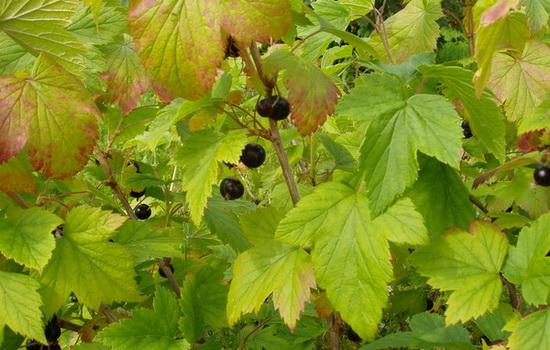
Columnar rust
Columnar rust looks like small orange dots covering currant leaves. A shrub can catch such a disease from conifers growing nearby. You need to save the plant as quickly as possible. To do this, it should be treated with Fitosporin solution.
If this remedy does not give the desired result, then you can try one percent Bordeaux liquid. The plant should be processed with it for four days in a row, then a break of ten days is taken and, if necessary, the course is repeated again.
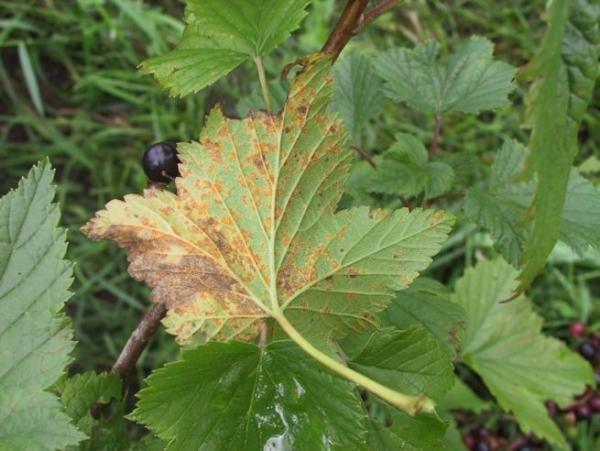
Anthracnose
This disease most often manifests itself in the middle of summer. It can be recognized by specks with a diameter of one millimeter, which have a brownish red tint. If nothing is done, the spots increase in size and cover the entire sheet. As a result, it dries up and dies.
The causative agent of this disease is a fungus. Its spores persist throughout the winter in fallen leaves that lie under the bush itself. And then it begins to take root in the wood. In this regard, it is recommended to burn all the foliage in the spring. The shrub itself should be sprayed with solutions containing fungicides.
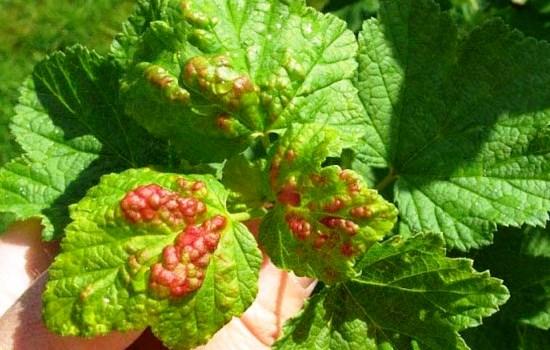
Also in the spring, you can treat the bush and the soil near it with a two percent solution of Karbofos or Nitrofen. And at the end of summer, you can sprinkle it with Fundazol.
Tuberculariosis
Tuberculariosis is considered a fungal infectious disease that infects berry bushes. Most often, it is black currant that suffers from it when it begins to bloom. On the inside of the leaf, red, lumpy spots first appear. And in August all the currants dries.
This process begins from the top of the shoots of the bush. The branches are covered with dark brown tubercles, gradually affecting all the wood. In this case, dry and diseased branches must be cut off, and the bush, after harvesting, must be treated with the following preparations:
- Homecin;
- Captanol;
- Topsina M.
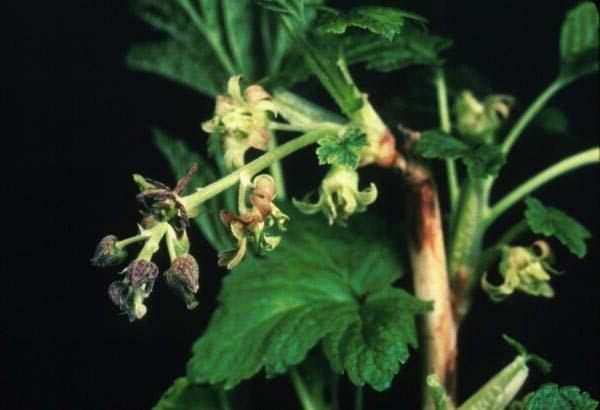
Insect pests
Some insects also contribute to the fact that the currant bush dies, and its leaves and branches dry out completely. It is better to determine the presence of such a pest at an early stage, until the shrub has time to die completely. To do this, you need to know the distinctive features of the damaging insects.
Aphids and ants
Ants and aphids most often attack the currant bush. You need to carefully examine the area around the bush. If there is an anthill nearby, you need to move it as far as possible with a shovel. The ground itself should be filled with water so that the insects go away.
Additionally, you can spray the plant with an ash solution. To do this, dissolve a glass of ash in a full bucket of water. Also, the shrub can be treated with soapy water with the addition of mustard powder.

Kidney mite
A kidney mite is another reason for the death of currants. It is very dangerous for the plant, as it begins to destroy the buds of the bush. Because of this, the yield is significantly reduced. A plant that has been affected by such a pest is almost impossible to cure. It is recommended to dig it up and burn it so that neighboring bushes do not suffer.
The fruits themselves on such a bush ripen poorly and have a sour taste. Leaves look smaller compared to healthy leaves. But the petioles, on the contrary, are longer.
Spider mite
The spider mite is very harmful to the leaves of the bush. White round dots begin to appear on them. Over time, they grow, transform into spots and completely begin to cover the damaged leaf, as a result of which it dries up. Then the branch is affected.
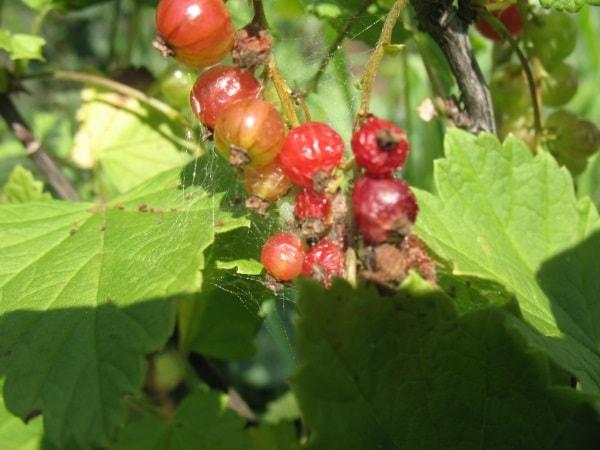
These mites are carriers of diseases, because of which the currant bush can hurt and dry for a long time. You can defeat a spider or kidney mite with the help of special solutions. This could be:
- Karbofos;
- colloidal sulfur;
- Phosphamide.
Glass-maker
The glass-bearer is another pest that acts covertly and sometimes unnoticed by the summer residents themselves. You can recognize this insect by the wilting of the currant, which has not even had time to bloom.The shrub drops its berries, and its leaves become small. The defeat of the glass starts from the inside of the branches. And the older the bush of the currant itself, the more chances it has to be attacked by this pest.
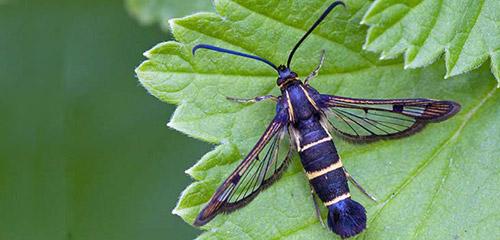
If affected branches and shoots are found, they should be cut off and burned. The soil around the shrub should be loosened regularly by adding ground black pepper, tobacco dust or dry mustard. Thanks to such measures, the pest begins to disappear.
Fire
Fireflies are easier to recognize than other pests on a currant bush. In this case, you can see gnawed leaves and berries wrapped in a dense web. And upon closer inspection, it will be possible to see caterpillars of a light green color with a black head, which are swarming in the affected fruits.
The harm from the moth is that it eats the fruit at a fairly high speed.
Most often, it will settle on those bushes that bloom profusely in the summer. Only special preparations will help protect against such a pest. It:
- Kinmix;
- Actellik;
- Fufanon;
- Iskra M.
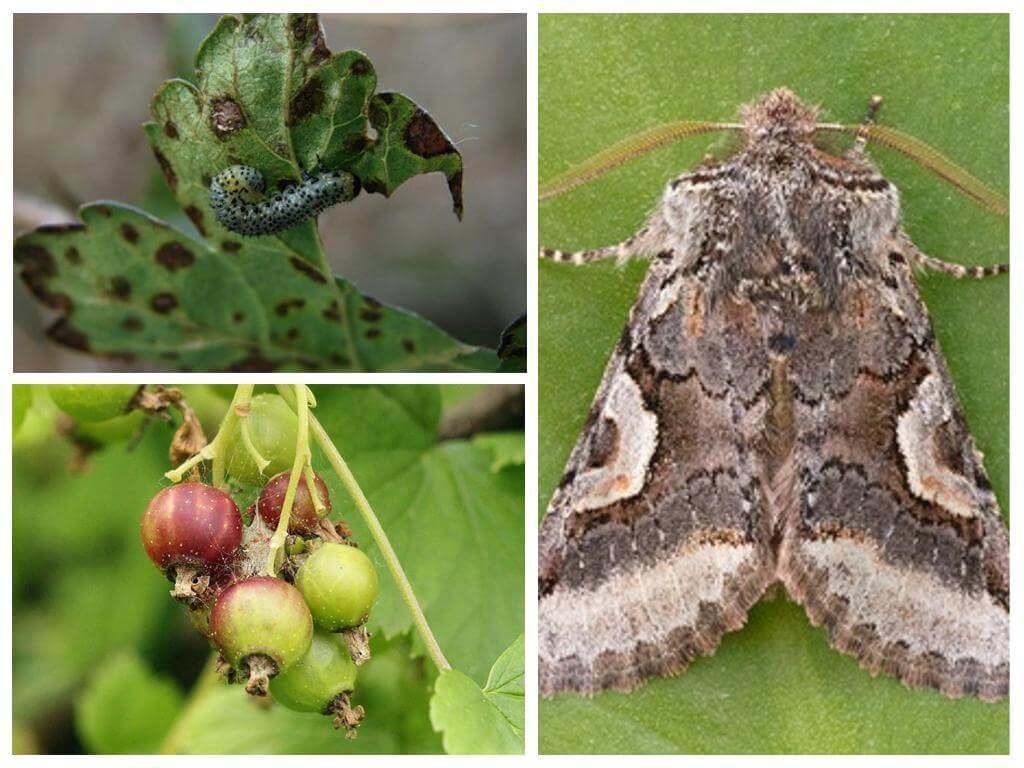
It is recommended to spray the shrub with these solutions before flowering. Then in the summer such a problem that branches with berries dry up on red currants can be avoided. But in the fall it is useful to huddle such bushes well. Then the butterfly larvae will not be able to get out from under a large layer of earth.
What to do if the problem cannot be identified
If the summer resident did not manage to establish the main reason why the currant dries up, then it is better to cut off such a bush. You should start with the affected branches, which are then necessarily burned. This is done in order to prevent contamination of the remaining healthy branches.
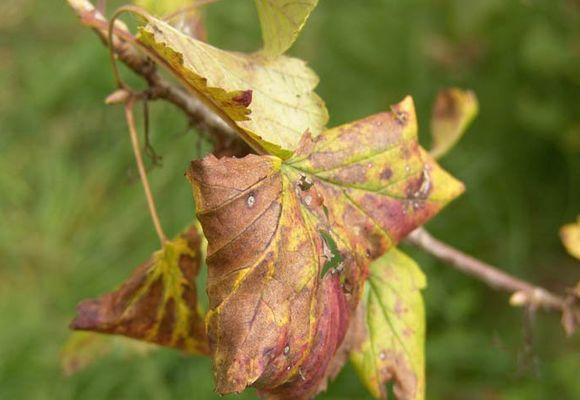
When the currant bush has long been growing in the summer cottage, then perhaps the time has come, and it needs to be uprooted. In order for other bushes to bear fruit on such land in the future, the soil should be fertilized.
Preventive actions
To avoid such a problem as drying out of the currant bush, it should be properly looked after. It is important to initially choose a suitable place where the shrub will grow. It is better to keep it away from conifers. Stagnation of moisture in the soil should also be avoided. In severe drought, the currant bush should be watered abundantly. And it is better to burn the fallen leaves immediately.
Do not forget about the regular treatment of the crop with special insecticides and fungicides that help the plant to protect itself from pests.
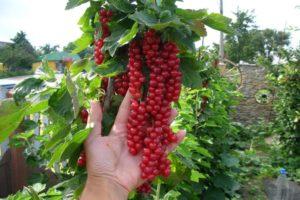
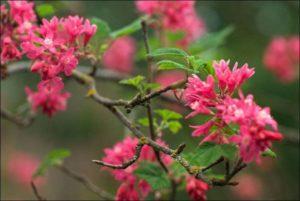

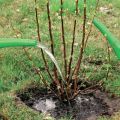
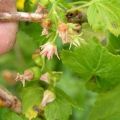


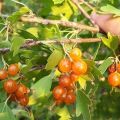

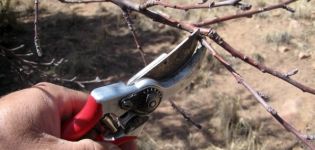
Thank you very much, the reasons are now clear